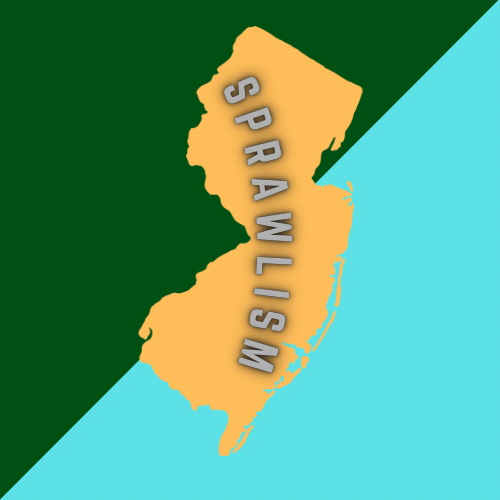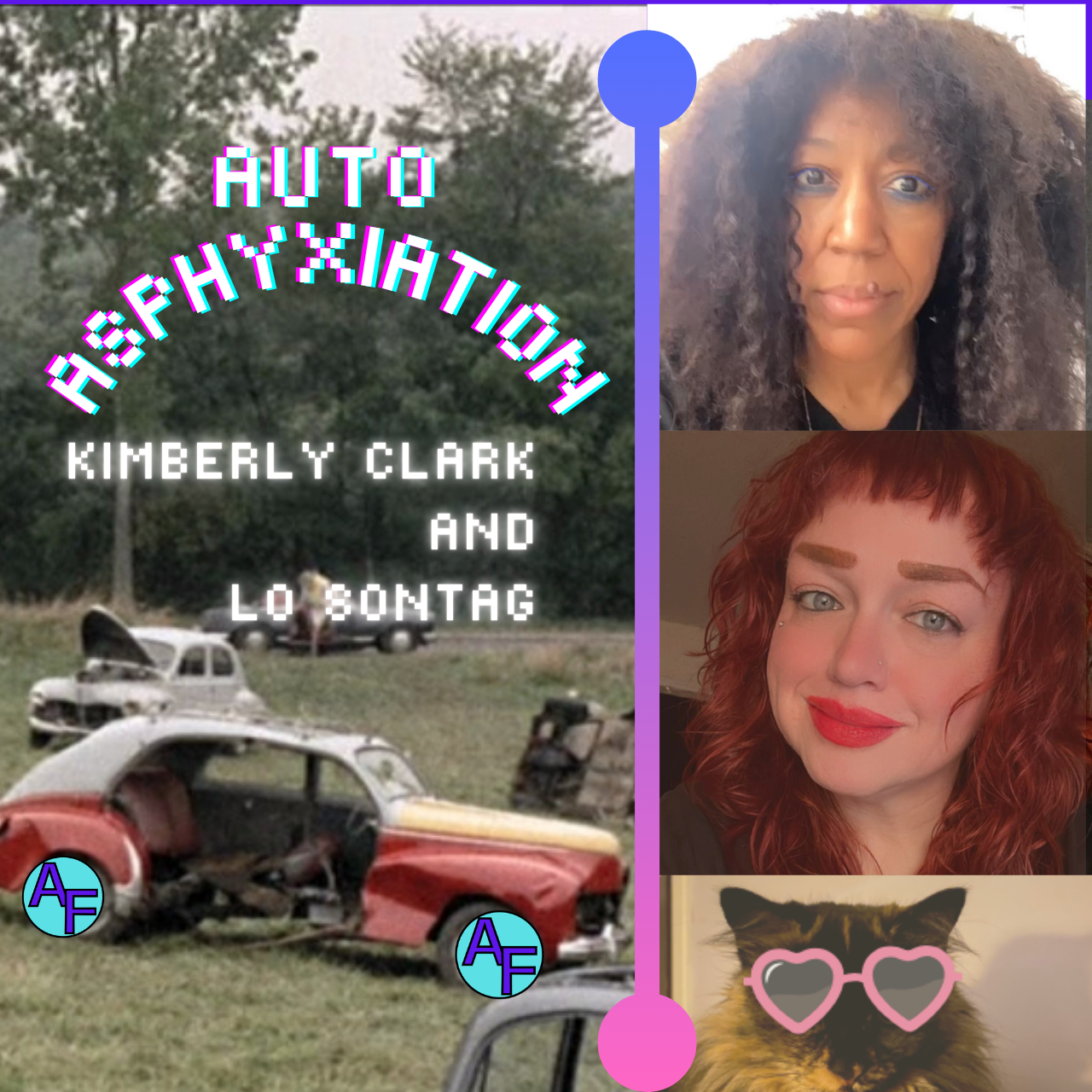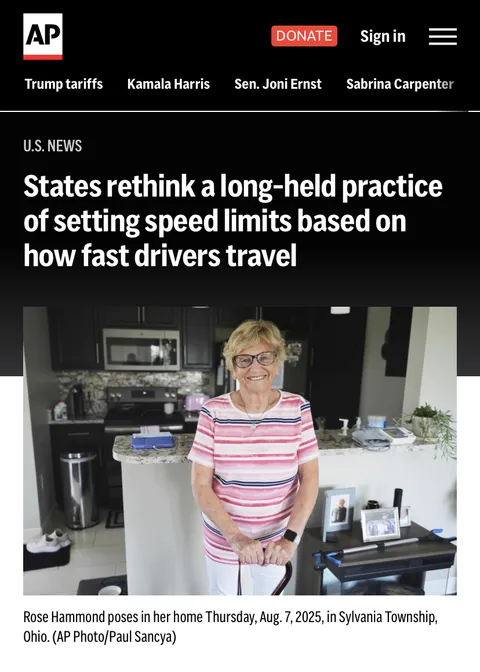The urgent need for more housing is no license for racism, environmental harm, and the relentless creep of sprawl.
We have to understand this push outward by the West Essex Highland project for what it is: Sprawlism.
Sprawlism is a framework where hierarchical oppression drives environmental degradation and spatial injustice. Under sprawlism, marginalized communities are consistently pushed to peripheral zones, becoming sacrifice areas for pollution and infrastructure. Meanwhile, wealthier communities capture public space and reap financial benefits within protected political boundaries.
This isn't an accident; it's by design. The American suburb and exurb are engineered for car dependency, exclusionary zoning, and infrastructure investments that reinforce segregation and ecological harm. Forcing this model—pushing the economically oppressed to the hinterlands—is a false solution to the affordability crisis.
A current battle in New Jersey illustrates this tension perfectly. The South Orange Environmental Commission has formally opposed a massive proposed development in West Orange called "West Essex Highlands," urging the town to preserve the 120-acre forest at the heart of the project.
The West Orange Environmental Commission also has opposed the project.
“The West Orange Environmental Commission (WOEC) wrote a letter to the West Orange Planning Board explaining why the proposed West Essex Highlands development “will impact ecological integrity, regional open space and quality of life for residents.”
Their concerns are grave and grounded in science. The forest is a critical environmental asset, providing essential habitat, and its waters feed the Canoe Brook tributary, which replenishes aquifers that supply drinking water to nearly 3 million New Jersey residents.
Replacing this old-growth forest with impervious surfaces would be catastrophic. It will trigger polluted runoff into the water supply, increase flooding in already vulnerable downstream neighborhoods, destroy a vital carbon sink, and eradicate a key natural bulwark against the heat island effect. The commission also warns that the developer is failing to adhere to modern stormwater rules, leaving surrounding communities even more exposed to flood risk.
This is the sprawlism playbook in action: outsourcing environmental cost to others in the name of development.
When I argue that New Jersey’s future is urban, not suburban, it’s not mere provocation. It’s an urgent call to reimagine our trajectory. We need a vision grounded in science—specifically, climate science, systems theory, and prosocial design. This means developing a robust regional transit network and comprehensive protected bike lanes.
Critically, this transit-oriented development must be paired with a radical expansion of housing that is genuinely affordable across the socioeconomic spectrum. We must ensure equitable pricing and access for historically excluded groups.
We must densify our existing urban fabric, not to perpetuate our auto-asphyxiation by sprawling into the state's few remaining green spaces. We cannot pave over forests in the name of affordability. True sustainability lies in revitalizing our cities, not in fleeing from them.
So what do real solutions look like? Will create another post to discuss these (and other solutions) at length and on the Auto Asphyxiation podcast tomorrow.
Targeted Density: Upzone near existing transit, jobs, and schools, and mandate on-site affordable units (inclusionary zoning).
IN THE SPIRIT enforcement of Regional Fairness: Guarantee every municipality carries its share of housing obligations, preventing leap-frog sprawl. (This is New Jersey’s Fair Share model. West Essex Highlands isn't following the spirit of this guidelines).
Streamline the Right Kind of Growth: Make affordable projects easier to build on public land, and eliminate mandatory parking minimums to anchor growth within our existing footprint.
Protect Vulnerable Residents: Implement right-to-return and community preference programs with robust displacement monitoring.
This, combined with bold cultural integration programs, is the answer. Not more sprawl.







